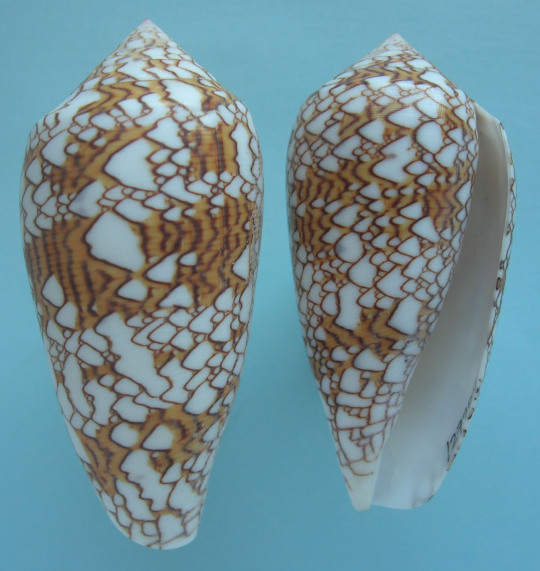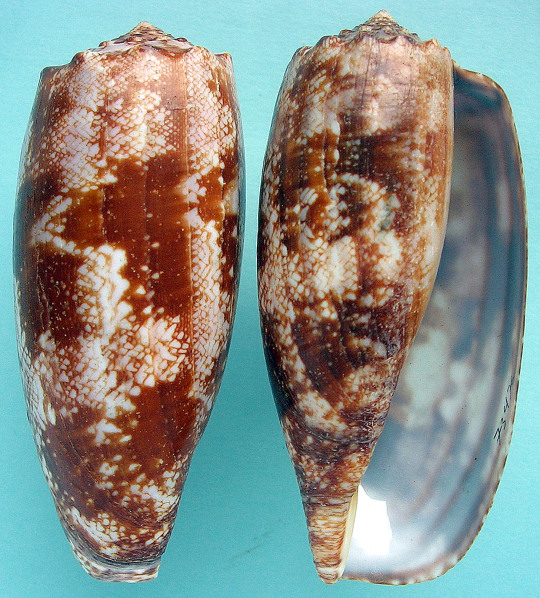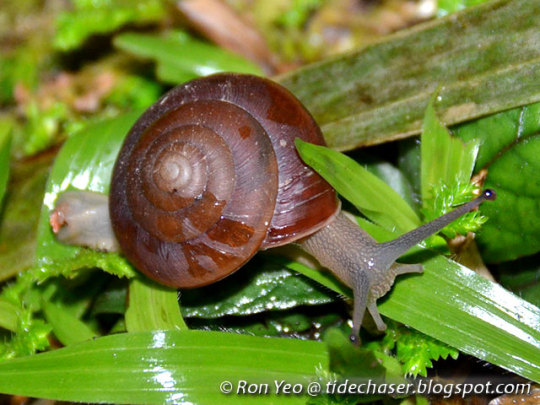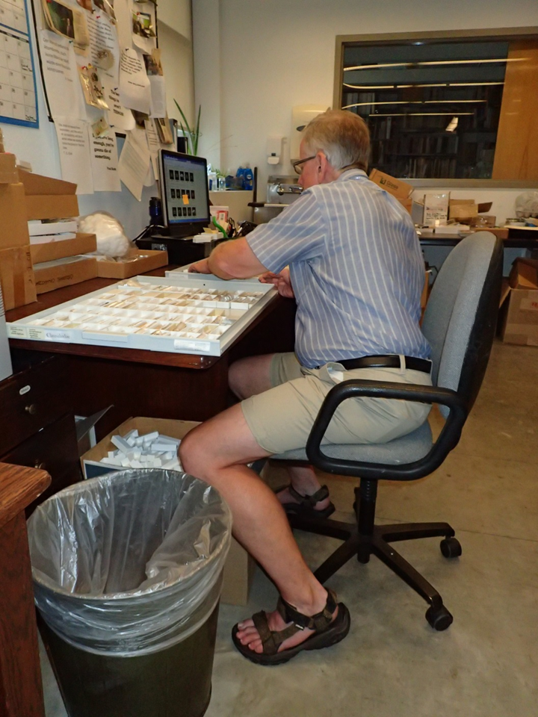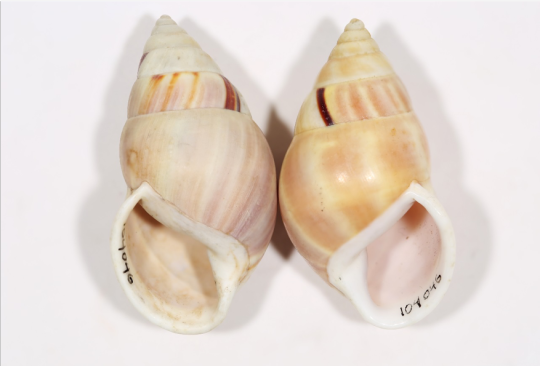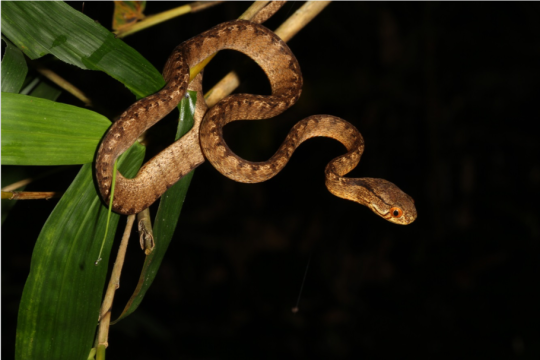by Tim Pearce
Looking for snails in Tennessee is rewarding because that state is third in number of species of land snails in the USA (after Hawaii and California). That large number of snail species likely results from (a) lack of glaciers for a long time, (b) lots of limestone, in which snails thrive, and (c) numerous isolated valleys that provide opportunities for speciation.
We were on the trail of the tiger snails, genus Anguispira, so that we could study their DNA in order to unravel the tangled branches of their family tree. During more than two hundred years, a couple dozen species have been named. Many of the species have distinct shells, but some species look so much alike that we suspect they are actually the same species.
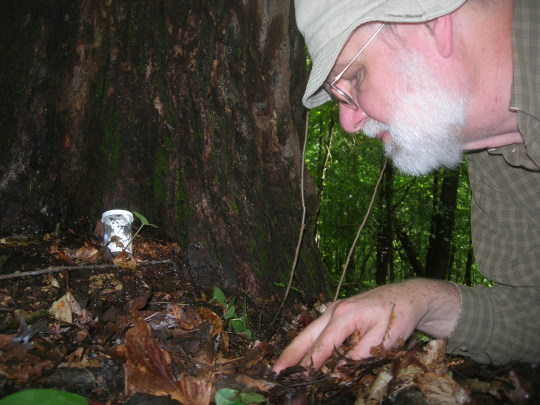
As we checked into our motel at the edge of the Great Smoky Mountains National Park, we navigated around two bears (rummaging in the dumpster) to get to our rooms. Our team included Reham Fathey Ali from Cairo University in Egypt, John Slapcinsky from Florida Museum, and yours truly from Carnegie Museum of Natural History. You might call us a multi-institutional collaboration.
The next day, two people from the Great Smoky Mountains National Park joined our expedition: retired ranger Keith Langdon and intern Miranda Zwingelberg. They led us to the snail research collection in a back room of the office building and we helped them out by identifying some of their snail specimens.
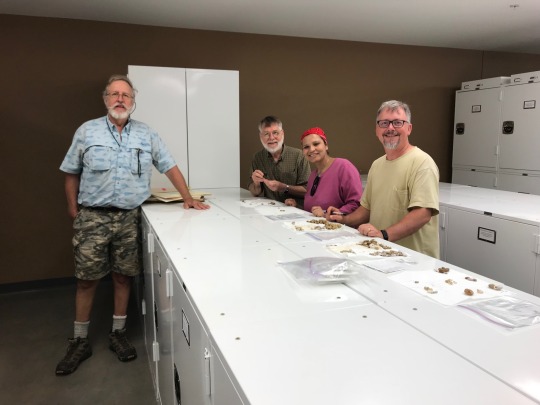
Keith had previously found empty shells of Anguispira knoxensis, one of the species we needed. He took us to the very tree where he had found them. That day, we five searched for 18-person-hours and found snails of many species, but only 3 empty shells of that target species. However, we did find living snails of another form of Anguispira, which has been called Anguispira lawae.(Intriguingly, that form was named for Annie Law, a shell collector and Civil War spy in the 1800s.) We also need that form for our study, so we considered the day to be a success.
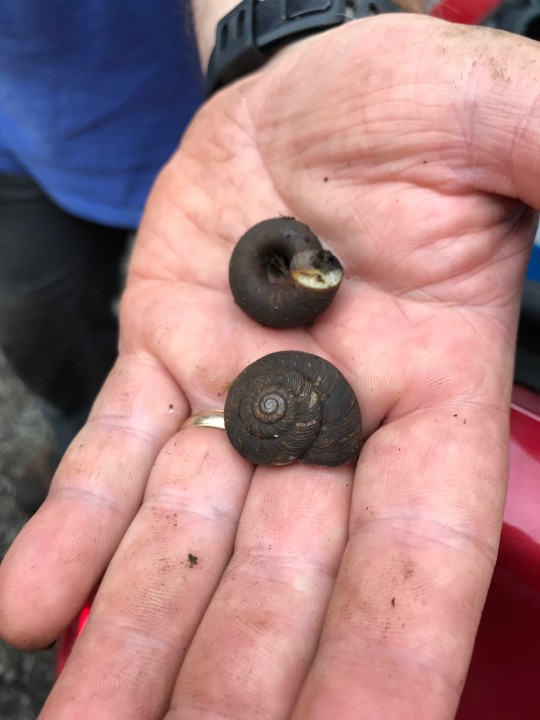
Several days later our team found living specimens of both Anguispira knoxensis and Anguispira rugoderma.We suspect they might actually be the same species. An examination of the DNA will help us decide whether those two are separate or the same species. DNA evidence plus scrutiny of existing specimens in our museums will also provide evidence for us to use in revising the Anguispira family tree.
Timothy A. Pearce, PhD, is the head of the mollusks section at Carnegie Museum of Natural History. Museum employees are encouraged to blog about their unique experiences and knowledge gained from working at the museum.
